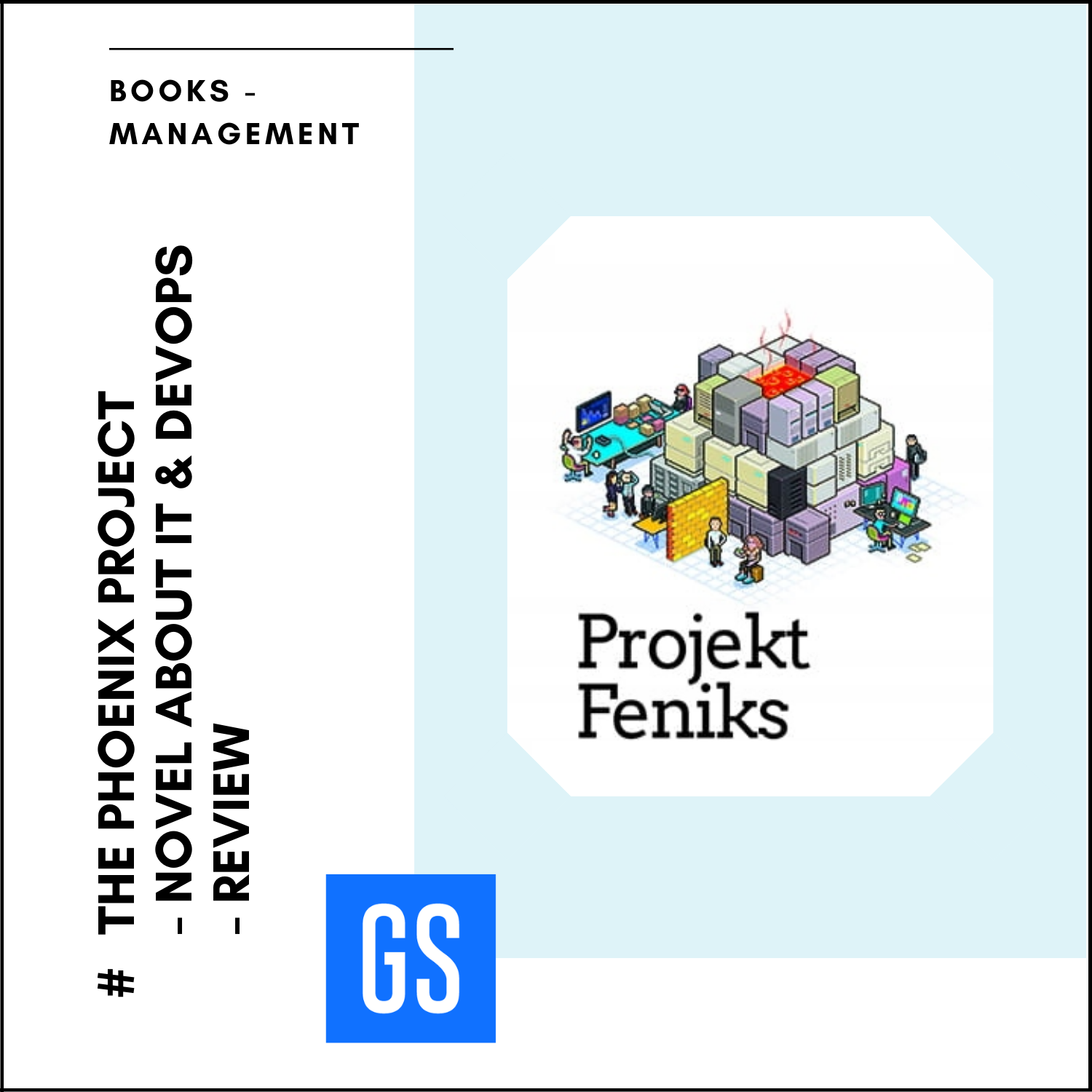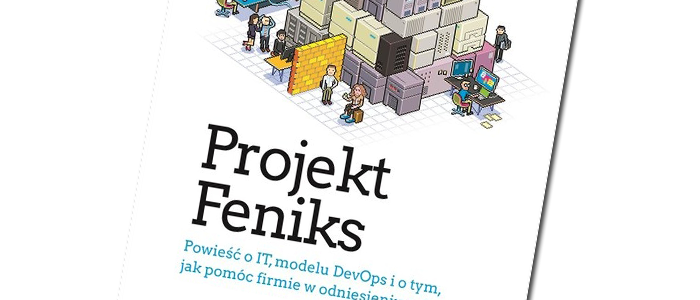The phoenix project book is dedicated to managers, IT specialists and people who want to better understand the business side of software development. In a fairly accessible way, it allows you to understand what problems technological companies producing software are struggling with. It is a novel, so the book is pleasant to read (it is not a typical management textbook).
Parts Unlimited is facing many problems. The competition is ahead of it in every way. They are doing another year in a row with the Phoenix project, which has cost the company millions of dollars and is still unfinished. To top it off, there is incredible chaos in the department. Tasks are completed at the last minute, there is no prioritisation, documentation or procedures. All the technological know-how is held by Brenet’s chief programmer involved in all the key projects
The plot of the phoenix project book
The main character is Bill Palmer, who at the beginning of the book is promoted from Midrange Systems Manager to Vice President of Information Systems Operations CIO. Bill is thrown in at the deep end right away. His goal is to sort out the processes in the IT department, release the largest IT project in the history of the Phoenix company, and work closely with the other departments on IT support.
Anyone who has had contact with software development in IT finds a match in at least one of the characters in this book. We get a picture of people from sales, marketing, administration, logistics, top and middle managers, up to and including specialists. Thanks to this, the author gives us a picture of the whole company and the expectations of individual departments in relation to the department of information systems exploitation.
This allows us to understand that from the point of view of each manager of Parts Unlimited company, each project has the highest priority. Bill’s task, on the other hand, was to identify the most important ones from the point of view of the entire organization. With the support of Erik (a new board member), Bill discovers step by step new problems in the department and comes to the following conclusions…
The three main ways to manage Dev Ops Projekt Feniks
The first way helps to determine how to ensure a fast flow of work between departments in application development and operation of IT systems, because they are located between the business and the customer. The author refers to the production line in which the optimal workflow is one in which the time from the start of the task to its completion is as short as possible.
The second way teaches you how to shorten and strengthen the feedback loop, which helps improve the quality of your work. Avoids the same mistakes. Standardised current activities so that they are performed optimally.
The third way shows how to develop a culture that, at the same time, encourages experimentation and learning from mistakes, and realises that repetition and practice are essential to mastery. It encourages risk-taking and looking for non-standard activities, which helps to develop a culture of innovation.
The second foundation the phoenix DevOps project – four types of work
First job on a business project. Building value for the client and providing income for the company.
The second job is internal projects. It does not directly affect business projects, but is inevitable to keep the business going.
The third job is making changes. It arises as a result of constant learning.
The fourth job is to prevent unscheduled work “fires”. It results from management failures and is the most common catalyst for problems in companies.
The first key step besides finding the above avenues and types of work for the main character is to cut Brenet (the main developer) involved in almost every major project from side tasks and standardise his work. To do this, Bill sets up a team of 3 programmers who can only contact Brenet and document his work.
Another seemingly very risky step by our hero is to freeze all work, unrelated to the main Phoenix project, until its release. This allows the team to focus solely on the most important project from a business perspective.
The most interesting quotes from the book Phoenix Design
“Until you have control of the planned work. You won’t be able to really manage anything. “
“Unplanned work also has the other side effect of having little time and energy left for planning. If the team is only reacting to events, there is no time to do the hard mental work to determine if it can take on new tasks. Therefore, new projects are launched, and there is less and less time for each of them. This means more disadvantageous skipping between tasks. More escalation of poor code quality problems and more hashes. As Bill, who goes round and round, puts it: “It’s a real death spiral for IT performance.”
“The problem is that we cannot distinguish which jobs matter to the company and which are irrelevant. You have the same problem of being able to eliminate the redundant system of redundant work. “
“Eliminating redundant work is more important than adding new tasks to it.”
“Improving your daily work is even more important than doing it.”
“A great team doesn’t have to be extremely intelligent people. What gives the team quality is mutual trust. The resulting magical dynamics can give us real strength. One of my favourite books on team dynamics is five dysfunctions of a team. “
A quote relating to the pace of the work performed
“Stop focusing on your target deployment rate. Flexibility in business is not only about speed. It is important how well you are able to detect and respond to changes in the market, and whether you are able to take greater and more scalable risks, it is important to constantly experiment. “
Quotes that anyone working in IT will understand 🙂
“Whoever shouts the loudest has the highest priority.”
“Nothing unites people more than complaining about IT. “
The phoenix project book summary
The Phoenix Project book introduces change implementation as part of a routine process where we eliminate redundant work step by step, standardize activities, or freeze all low priority projects for projects of the highest business value. The hero, regardless of external stimuli (pressure from managers of other departments), completely restructures the department. Interestingly, on the way to standardising the work of the department, Bill had to stand up to the management board and quit his job for a short time to achieve his goal.




